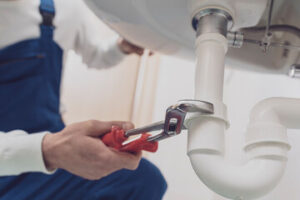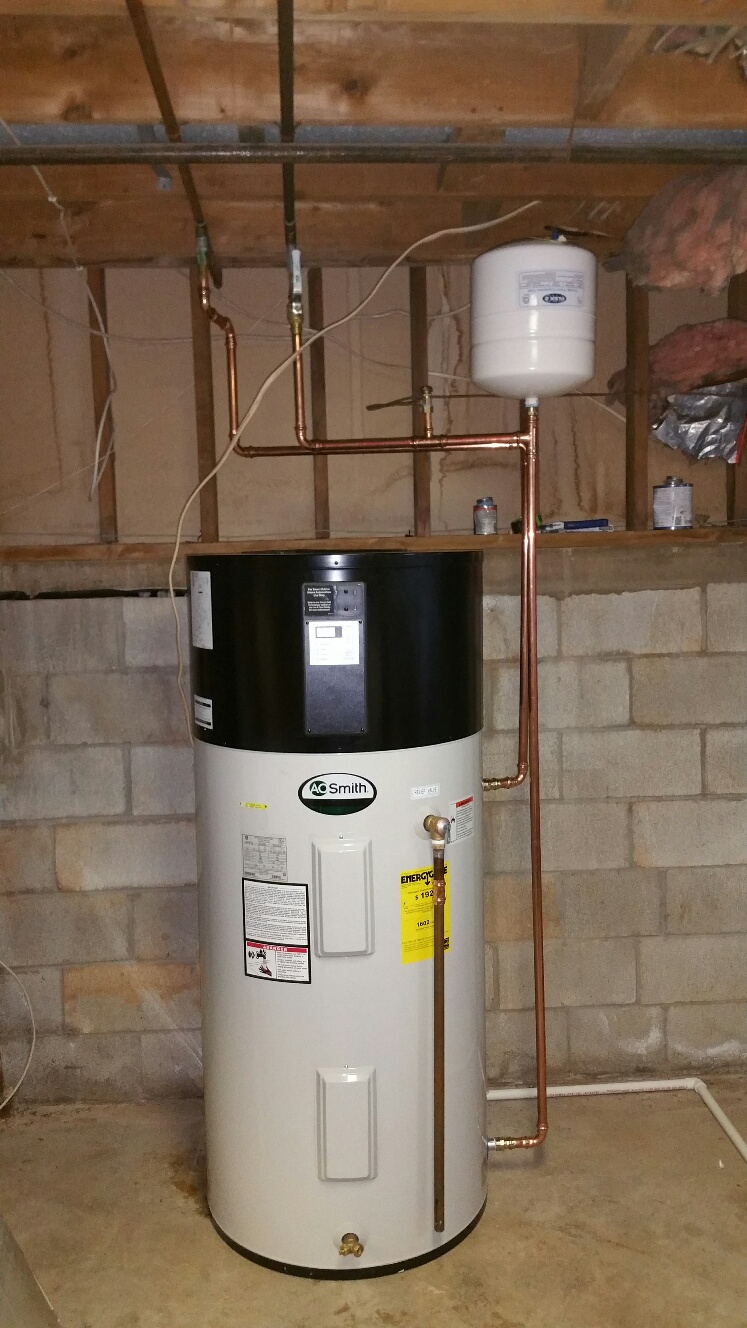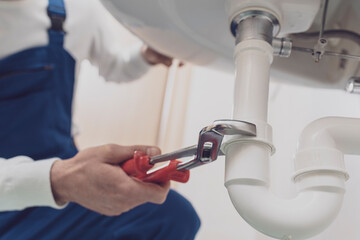Buckhead Plumbing encompasses the pipes, fixtures, and other equipment that convey water for various purposes. The installation and maintenance of these systems are critical to maintaining a safe and hygienic living environment.
Unlike process piping, which transfers corrosive and toxic chemicals, caustic materials, gasses, and other liquids, plumbing conveys potable water and waste material. It is also important in the heating and cooling of facilities.

Water supply systems are the infrastructure that provides piped water for homes, commercial establishments, and public needs like firefighting. They include sources of raw water, transmission and storage facilities, treatment plants, and distribution networks. The quality and quantity of water these systems deliver are critical to people’s health and well-being. They are also important in economic development.
The raw water used by public water supply systems is usually surface water from lakes, rivers, or streams. In addition, groundwater may be utilized in certain situations. The water is treated at the water treatment plant before being fed into the distribution system.
Access to potable water is a challenge in many areas of the world. The distance people must travel or climb to obtain drinking water is often physical and can be compounded by socioeconomic and cultural dimensions, such as poverty or social exclusion. It may also result from a lack of political commitment at the highest levels of government or poor management in the private companies that manage and construct water systems.
Once the water is transported from the source to the distribution system, it is conveyed through supply conduits or aqueducts that are either pressurized or non-pressurized. It is then distributed to users through a network of interconnected pipes to avoid dead ends. The diameters of these pipes vary and are designed to match the needs of local communities. This network of various-sized pipes is normally arranged as a grid with loops to prevent dead ends.
Water distribution systems can operate by gravity or through pressure (pumping). When gravity is insufficient, the water is usually impounded at elevated locations to create working pressure. Pumps then push the water to demand points in the distribution network.
As water flows through the pipes, it can be exposed to air and corrosive chemicals that can cause the build-up of slimes on steel surfaces. These deposits, known as tubercles, can lead to low pressure and leakage in the distribution system. They are commonly caused by oxidizing iron and other metals or by microorganisms. In any case, the presence of such deposits degrades water quality. The deterioration can be prevented by regular maintenance and the use of corrosion-control substances.
While most people think of plumbing as the pipes that carry sewage, the truth is that the system has much more to do with water management. It also includes the drainage system, which consists of pipes that move wastewater and vapor away from the building and into the sewer or septic tank.
The drainage system is responsible for the safe disposal of sewage and prevents foul odors from entering the house. The pipes are inclined to allow gravity to assist in the flow and usually connect to a sewer line or septic tank. They may also include traps that seal off the drainpipes and prevent gases from returning to a home.
Subsurface drainage removes excess water from the root zone and reduces flooding, soil erosion, and pollution. Open drainage ditches or buried pipe drains can accomplish it. The drainage system is a key part of the site design and must be carefully planned to avoid costly mistakes.
Drainage ditches are shallow channels that collect stormwater runoff and redirect it to swales, dry wells, or other discharge points. They are a cost-effective alternative to deep drainage channels that require excavation and can lead to foundation settlement, frost heave damage, and other problems.
Percutaneous drains are placed for abscess or infection and often contain purulent or bloody drainage fluid. The drainage must be regularly emptied, and the site must be observed for signs of infection or wound healing. Nurses must follow any written instructions that the physician provides for managing the drain. They should always carefully observe the drainage bag to ensure it is not full, which can result in loss of suction.
Vents are piping that leads from an air inlet, like a roof, to various points within the drainage system. They help maintain equal pressure in the pipes and prevent suction that can clog or empty drains. They also protect the trap seals of fixtures from siphonage and back pressure. The venting system can be passive or active, depending on whether it relies on gravity, body movement, or pressure differentials to circulate air.
Drain pipes work to remove waste from your home physically, but plumbing vents help move water and sewage efficiently. Venting also helps regulate air pressure in the pipes, so a well-functioning drain-waste-vent (DWV) system is critical to avoid clogs, backflow, and other problems.
Located on the roof, your plumbing vent system comprises a series of pipes connecting each drain line to the main stack. The main vent stack is a vertical pipe, usually 3 or 4 inches in diameter, that extends through your roof and outward to the outside. It is a crucial component of your DWV system, which allows unpleasant-smelling wastewater and sewer gasses to escape your plumbing system and prevents them from entering your house.
The vent pipes also allow air into the traps under sinks to equalize the pressure on both sides of the trap, preventing ‘trap suckout’ and keeping the drains working properly. In addition, the vent system provides oxygen to enter the waste system and promotes aerobic sewage digestion.
During the initial building design stage, it is important to include vent piping as part of the plumbing system. An MEP engineer will work with the architect to ensure that the piping can be accommodated in the structure and meets building regulations.
Your vent pipes should be properly sized and situated to ensure they can carry the wastewater your fixtures produce without causing a backpressure problem. They should also be sloped down toward each fixture to facilitate gravity-driven drainage. Generally, they should be sloped 1/4 inch down for every horizontal foot of piping.
It is a good idea to check your vents’ condition regularly to ensure they are allowed. Some common signs of a clogged vent include standing water or gurgling sounds in the drains and foul odors throughout your home. If you suspect your vents are clogged or not functioning properly, contact a plumber to inspect and fix the issue.
There are some simple DIY solutions to various venting issues, but it is best to leave this type of work to the professionals in many cases. Suppose you do decide to take on a venting repair or replacement project. In that case, consulting with an experienced and licensed plumber is crucial to ensure the job is done correctly and by all local and national plumbing regulations.
A plumbing fixture is any component receiving water and waste from a building’s piping system. Examples include toilets, sinks, showerheads, bathtubs, and more. These fixtures play a critical role in providing clean water and waste management while ensuring occupants’ health and safety. They come in various shapes, sizes, and designs to accommodate any space or aesthetic preference.
The most common type of plumbing fixture is a toilet. These fixtures are designed to flush human waste and are regularly used, so choosing one that will be reliable and long-lasting is important. Some toilets even have additional features to help reduce waste and promote a healthier environment, such as a bidet seat or automatic deodorizer.
Other types of plumbing fixtures include sinks, showerheads, and faucets. Sinks hold water for washing dishes and other tasks, while faucets control water flow and provide hot or cold water as needed. Showerheads can be installed on a tub or stand-alone fixture and are available in various styles and designs to suit any space.
These plumbing fixtures are typically made from durable materials that can withstand frequent use and exposure to moisture. They may be coated with a protective coating layer to prevent corrosion and rusting, especially in high-usage areas like kitchens or bathrooms. Some popular material choices for plumbing fixtures include PVC, ceramic, porcelain, marble, and stainless steel.
It’s important to consider your plumbing fixtures when choosing a new bathroom or kitchen design. Look for products that offer durability and reliability, and choose finishes and colors that match the overall design scheme of your home or business. Opt for water-efficient models to save energy and money on utility bills.
Plumbing fixtures are essential in any residential or commercial building. They connect to a piping system that transports hot and cold water throughout the building, allowing people to wash, bathe, and cook. While most people think about their plumbing fixtures infrequently, these items are crucial to the everyday function of a property. They should be well-maintained to ensure they continue working properly for as long as possible.


